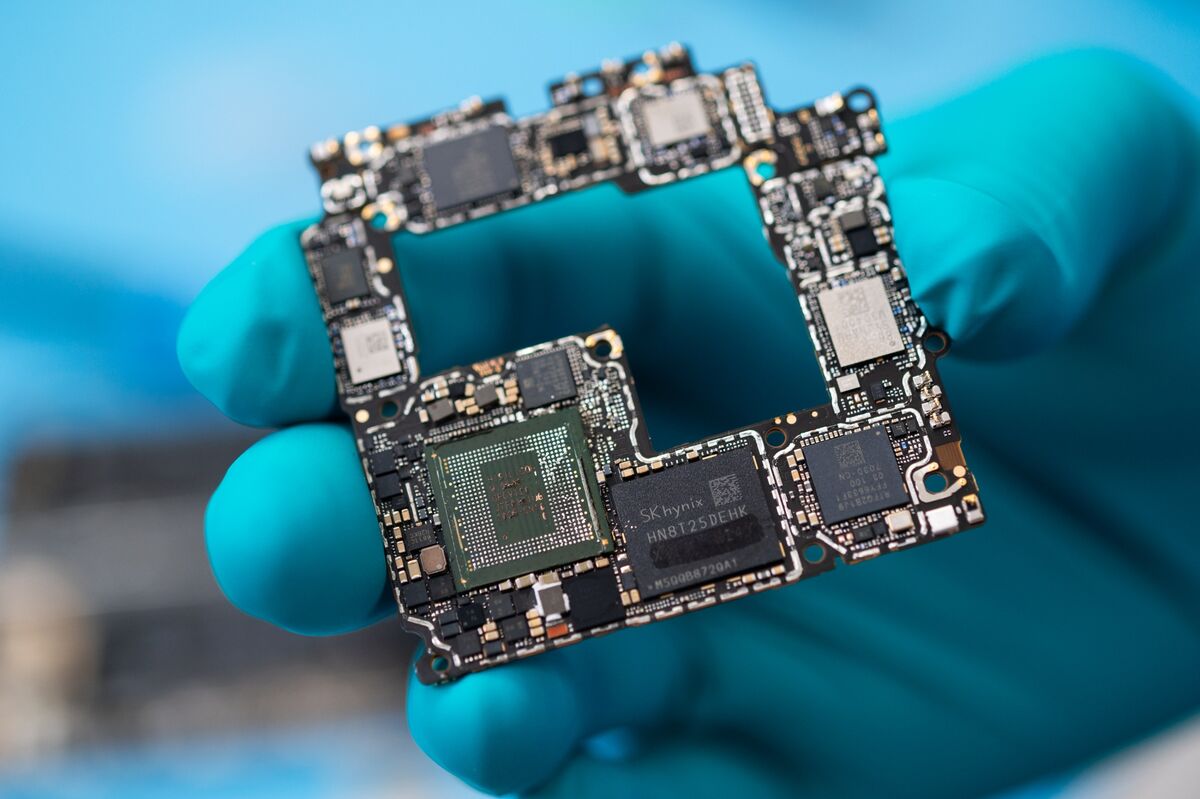mRNA Technology: A Breakthrough Hope for Rare Disease Patients

For decades, patients suffering from rare diseases have faced a daunting reality: limited treatment options and often, a lack of hope. These conditions, affecting relatively small populations, have historically been overlooked by pharmaceutical companies, leaving individuals and families struggling with debilitating illnesses. However, a revolutionary technology – messenger RNA (mRNA) – is rapidly changing the landscape, offering a potential paradigm shift in how we approach the treatment of these challenging diseases.
What is mRNA Technology?
At its core, mRNA technology leverages the body's own cellular machinery to produce therapeutic proteins. Unlike traditional drug development, which focuses on delivering proteins directly, mRNA instructs the body's cells to become mini-factories, synthesizing the desired protein themselves. This approach has several key advantages, including faster development timelines, the ability to target a wide range of diseases, and the potential for personalized medicine.
The Promise for Rare Diseases
The beauty of mRNA technology lies in its adaptability. Rare diseases are incredibly diverse, often caused by genetic defects that result in missing or malfunctioning proteins. mRNA therapies can be designed to deliver instructions for producing these missing proteins, effectively correcting the underlying genetic flaw. This is particularly impactful for diseases where traditional therapies are unavailable or ineffective.
Consider Spinal Muscular Atrophy (SMA), a devastating genetic disorder affecting motor neurons. While gene therapies have shown promise, mRNA-based approaches offer an alternative, potentially more accessible route. Similarly, for diseases like Cystic Fibrosis, where a faulty protein disrupts lung function, mRNA therapies could deliver instructions to produce the correct version, alleviating symptoms and improving quality of life.
Beyond Protein Replacement: Expanding Applications
The potential of mRNA extends beyond simply replacing missing proteins. Researchers are exploring its use in:
- Gene Editing Delivery: mRNA can deliver gene editing tools like CRISPR-Cas9 directly to cells, enabling precise corrections of genetic mutations.
- Immunotherapy: mRNA can be used to create personalized cancer vaccines, training the immune system to recognize and destroy tumor cells. This approach is also being investigated for autoimmune diseases.
- Targeting Specific Tissues: Researchers are developing ways to direct mRNA delivery to specific tissues and organs, maximizing therapeutic effect while minimizing side effects.
Challenges and the Future
While the outlook is incredibly promising, challenges remain. Ensuring the stability and efficient delivery of mRNA to target cells is crucial. Furthermore, understanding the long-term immune responses to mRNA therapies is essential. Manufacturing and scaling up production to meet the needs of smaller patient populations also presents logistical hurdles.
Despite these challenges, the rapid advancements in mRNA technology, fueled by the COVID-19 pandemic, have accelerated research and development efforts. Investment is pouring into the field, and clinical trials are underway for a growing number of rare diseases. The future looks bright for patients who have long been overlooked, as mRNA technology offers a beacon of hope and a potential pathway to effective treatments and improved lives. The transformative power of mRNA is poised to reshape the landscape of rare disease treatment, offering a new era of therapeutic possibilities and renewed hope for millions worldwide.





